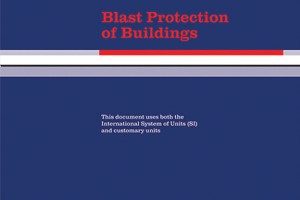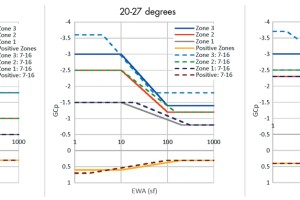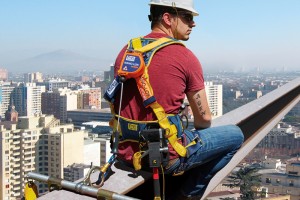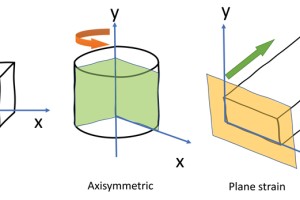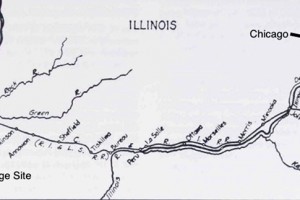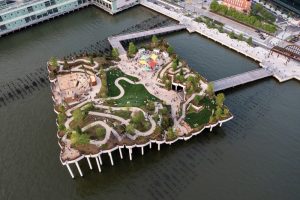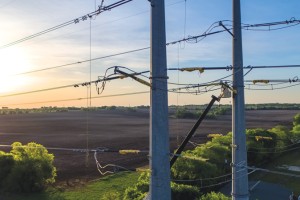Revisions to ASCE/SEI 59
The events of 9/11 changed many owners’ perceptions of the risk to their facilities. Their fear of malicious threats thrust practicing structural engineers into an unfamiliar role. As a result, structural engineers needed to learn how to quantify and analyze for blast effects as they assisted their private clients with the evaluation of threats to their facilities and the means to provide prudent, reasonable, and effective resistance. In response, the Structural Engineering Institute (SEI) of the American Society of Civil Engineers (ASCE) developed a new standard, ASCE/SEI 59 Blast Protection of Buildings (ASCE 2011), describing how engineers could design blast resistance into structures.
…
